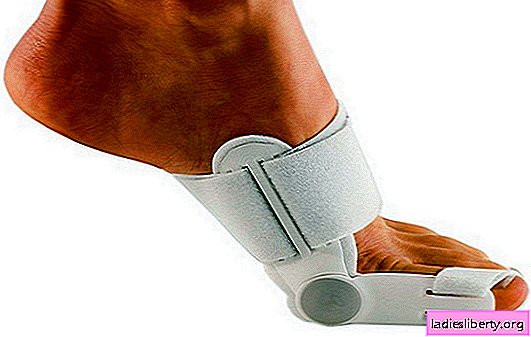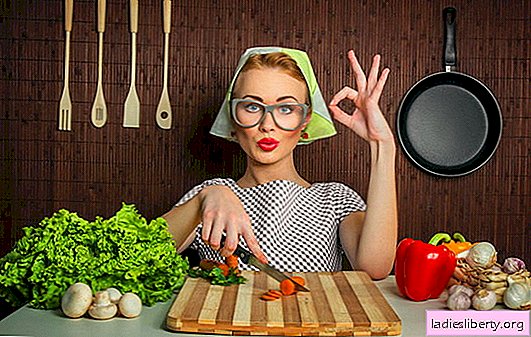
Breeders who have decided to take a kitten to their family should understand that from the moment he comes to them, they must take full responsibility for his health and life. A very important issue here is his diet.
Many people who decide to have a pet for the first time are wondering: how to feed a kitten homemade food, what kind of food are they allowed to eat, and is it possible to do without dry food?
These and other questions can be answered in the next article.
How to feed a kitten home food without a cat?
Mother's milk is the key to the health of any baby, but if a small animal was weaned from its mother at an early age, you can feed it without this product. So, many owners give their pets a special milk mixture purchased at a pet store. She should feed the baby at least in the first 10-12 days from birth.
Ordinary cow milk should not be given to kittens for up to one month, as their body is still not ready to completely digest it. This rule is relevant for both British and pets of other breeds.
Feed newborn babies should be through a pipette or a special bottle with a pacifier. However, another option is better here, as kittens should be trained to suck, which is a natural reflex.
So, you can feed the kitten with milk mixture in a bottle until he has a reflex of sucking food. To do this, squeeze a few drops into his mouth and immediately attach a nipple - a hungry pet will immediately figure out what needs to be done. In addition to the main meal, he can be given warm, clean water through a syringe or pipette.
How to feed a kitten homemade food, recommendations
Cats are primarily predators, therefore, in their diet, most of the product should be filled with animal protein, and this also applies to the nutrition of small cats. Of course, their diet should not consist solely of fish or meat. You can use balanced feed, where the composition contains fats, vitamin and mineral supplements and carbohydrates.
You must also observe a certain mode. Kittens aged 1.5-2 months can be taken from their mother and transferred to five meals a day until they are 4 months old. At the age of 6 months, you can switch to a four-day diet, up to 8 - three meals a day. So, the cat gradually switches to food 1-2 times a day.
Choosing the right pet food is the prerogative of breeders. But first, you should determine all the pros and cons of homemade food in comparison with the purchased food.
How to feed a kitten: homemade food or dry food?
Homemade food should not be monotonous and of poor quality, this is the most important thing that should be paid attention to first of all. You need to start accustoming a cat to homemade food from young nails, since a pet who is used to eating exceptionally dry food will hardly be interested in homemade food, and he will treat it coldly. Perhaps for the sake of curiosity, he wants to eat something from the table of his masters, but you can not count on more.
By the way, it is very undesirable to accustom the animal to the food that the owners eat. This is due to the fact that breeders, thus, can create a lot of problems for their pet related to indigestion. And the likelihood that the cat will start begging is very high, because he will get used to it and wean it will be very difficult.
It is also forbidden to give fluffy smoked, salted or pickled products, no matter how tasty it is. Particular attention should be paid to chicken bones. The fact is that their edges are very sharp and can easily pierce the digestive organs of an animal.
The diet of all cats, from ordinary pets to elite breeds, must include grass. This is due to the fact that cats lick all the time, so over time, wool begins to accumulate in their stomach, which can be eliminated through plant components. It can be sown in plastic containers, grown on a windowsill or purchased in finished form.
Unfortunately, homemade food does not often include all the substances necessary for proper growth. For this reason, you should consult your veterinarian about which vitamins and minerals you need to include in your diet.
How to feed a kitten homemade food: what can I do?
Do not forget that the food that you leave in the pet's bowl should remain at room temperature, that is, not too cold or hot.
Also pay attention to the consistency of the food - the best option would be if the first portions are served in the form of gruel, while solid pieces should be absent. At home, this can be done with a blender or a regular vegetable grater.
The diet for a small pet should be the following products:
• meat (raw, boiled, scalded or frozen). In general, lean meat should be in the region of 60-75% of the daily diet;
• liver (ideally once a week or two);
• porridge. In the pure form of a pet, most likely, they are unlikely to be interested, therefore, they should definitely add a certain amount of meat or vegetables in the ratio of porridge-meat 1 to 2;
• vegetables (fresh or boiled);
• eggs (only the yolk). Raw yolks should be added to the pet’s diet once a week. Quail eggs are also a good option, which, unlike chicken, can be fed the whole cat;
• fermented milk products with low fat content;
• Brewer's yeast;
• butter. Experts advise against using vegetable oil, but rather give preference to petroleum jelly.
Homemade food is of great importance in the diet of a little kitten, so try to accustom him to such food as early as possible, this will help to avoid many problems with his health. You can learn more about how to properly feed a kitten from the following video:











